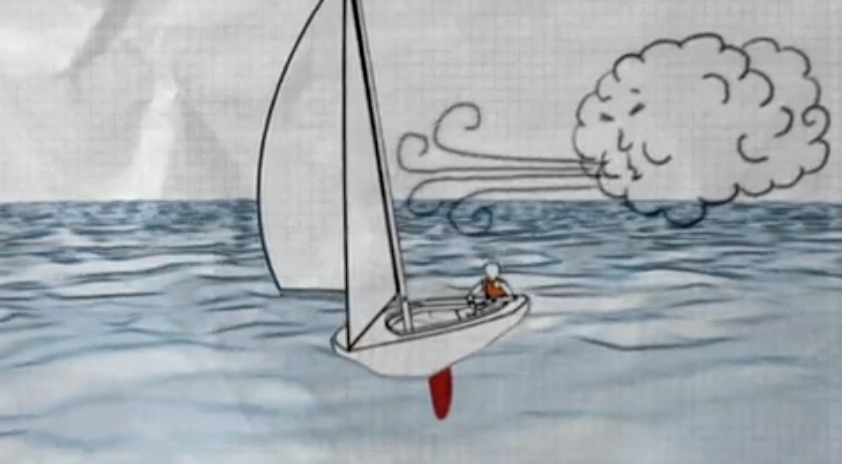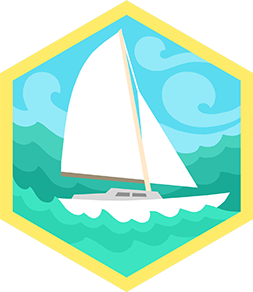Create a rigging tutorial
Build a simple pulley rig to lift a small toy using rope, learn basic knots, pulley setup, mechanical advantage, and safe teamwork.



Step-by-step guide to build a simple pulley rig to lift a small toy
Character Rigging in Blender : Easy Setup for Beginners
Step 1
Gather all Materials Needed and bring them to your chosen work area.
Step 2
Choose a clear safe spot under the sturdy overhead anchor and ask an adult to check and approve it.
Step 3
Practice tying a clove hitch on a post or broom handle until it holds snugly.
Step 4
Practice tying a figure eight loop at the end of a short rope until the loop stays neat.
Step 5
Attach the fixed pulley to the overhead anchor using the carabiner or hook with adult help.
Step 6
Make a simple cloth sling by placing the toy in the cloth and tying or taping the cloth closed.
Step 7
Attach the movable pulley to the cloth sling by tying it on or clipping it securely.
Step 8
Tie one end of the long rope to the anchor using the clove hitch knot you practiced.
Step 9
Feed the free end of the rope down under the movable pulley and then up over the fixed pulley so the rope runs through both.
Step 10
Pull the free end steadily to lift the toy and notice how much easier it feels with the pulley setup.
Step 11
Take turns with a friend to pull and to be the spotter so you practice teamwork and safety.
Step 12
Lower the toy slowly by letting the rope slide through your hand while keeping a firm braking grip.
Step 13
Untie the knots and remove the pulleys when you are finished using the rig.
Step 14
Pack away all materials neatly and ask an adult to inspect and store them safely.
Step 15
Share a photo or description of your pulley rig and what you learned on DIY.org.
Final steps
You're almost there! Complete all the steps, bring your creation to life, post it, and conquer the challenge!


Help!?
What can we use if we don't have a fixed pulley or carabiner?
If you don't have a fixed pulley, an adult can substitute a curtain pulley wheel or smooth wooden spool for the fixed pulley and replace a carabiner with a sturdy metal shower‑curtain ring or locking keyring when attaching the pulley to the overhead anchor.
The toy won't lift or the rope keeps slipping — what should we check?
Make sure the clove hitch at the anchor is snug, the figure‑eight loop at the rope end is neat, the rope is fed down under the movable pulley then up over the fixed pulley as instructed, and the movable pulley is tied or clipped securely to the cloth sling with adult help.
How can I adapt this rigging activity for different ages?
For younger children, shorten the long rope, use a soft heavier toy and have an adult pre‑tie the clove hitch and figure‑eight loop and supervise each step, while older kids can tie knots themselves, try extra pulleys and record their results to share on DIY.org.
How can we extend or personalize the pulley project after finishing it?
Decorate the cloth sling and toy, add a second fixed or movable pulley to compare mechanical advantage, build a simple braking cleat to lower the toy more safely, and then share a photo and description of the improved rig on DIY.org.
Watch videos on how to build a simple pulley rig to lift a small toy
How to Rig a Simple Character | Adobe Animate Tutorial
Facts about pulleys and simple machines
⚙️ A simple block-and-tackle setup can multiply your input force so lifting feels 2–4 times easier in kid-sized rigs.
🪢 A single movable pulley gives a mechanical advantage of 2 — it halves the force you need to lift a load.
👷 Clear roles and one person calling the commands make teamwork much safer — professional riggers use the same idea.
🧵 The bowline is a beginner-friendly knot that makes a fixed loop and won't slip or jam under tension.
🧸 The same pulley physics you use to lift a toy also scale up to real cranes that move heavy building materials.
How do I build a simple pulley rig so my child can lift a small toy?
What materials and tools do I need for a kid-friendly pulley rig?
What ages are suitable for a pulley rig activity and how much supervision is required?
What safety tips and learning benefits come from making a pulley rig with kids?


One subscription, many ways to play and learn.
Only $6.99 after trial. No credit card required



